
For many travelers, the magic of flying begins not just when the plane takes off, but in those precious moments before landing—when the aircraft descends and the world below unfolds like a living postcard. While airports might often be seen as mere transit points, some offer approaches so spectacular that they become unforgettable experiences in their own right.
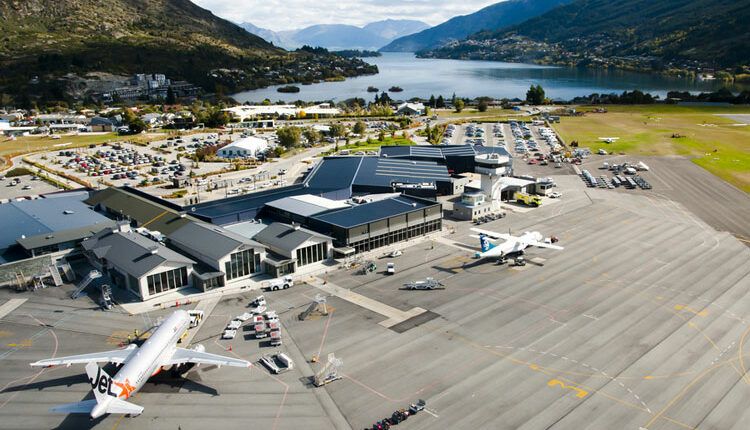
These landings combine breathtaking natural landscapes, daring feats of aviation skill, and glimpses of vibrant cultures, transforming the final moments of a flight into a visual and emotional highlight. From remote island paradises and towering mountain valleys to bustling urban centers and engineering marvels perched on cliffs, the world’s most beautiful airport landings invite passengers to witness the planet’s diverse beauty from a unique aerial vantage point.
Whether you’re a seasoned traveler, an aviation enthusiast, or simply a lover of stunning scenery, these top 10 landings promise to captivate and inspire, offering a glimpse of the extraordinary just before you touch down.
1. Lord Howe Island Airport, Australia
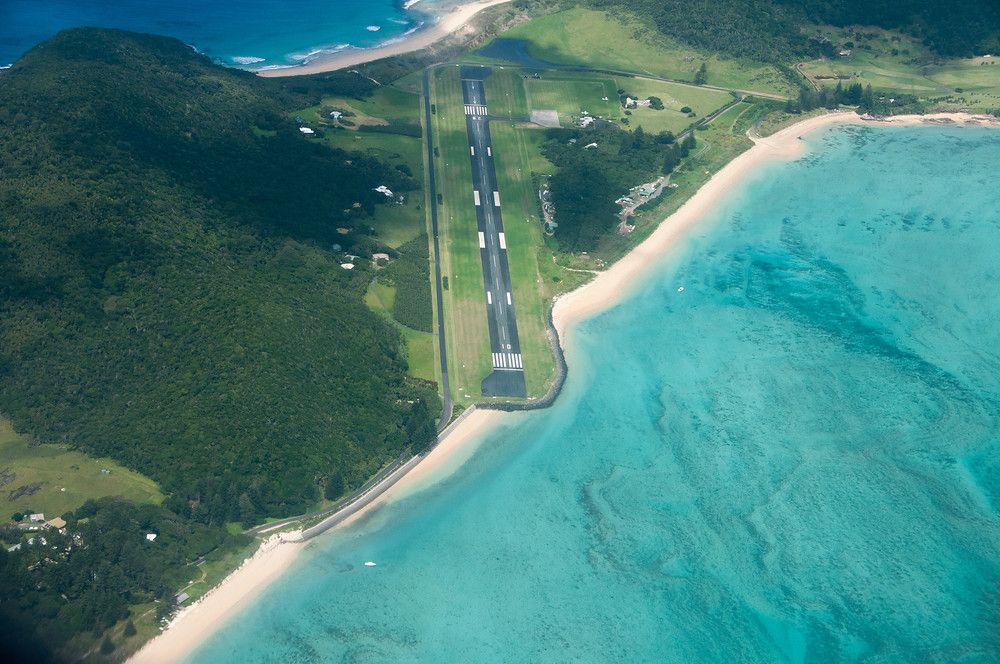
Set on a remote volcanic island in the Tasman Sea, Lord Howe Island Airport offers one of the most enchanting landings imaginable. As the plane descends, travelers are treated to panoramic views of crystal-clear turquoise lagoons, coral reefs, and verdant mountains rising sharply from the ocean. The runway, a narrow strip hugged by steep cliffs and dense subtropical rainforest, feels like a secret gateway to a pristine wilderness.

The island’s status as a UNESCO World Heritage site ensures that the environment remains untouched, with only a small number of visitors allowed at any time. Wildlife enthusiasts might glimpse rare birds such as the Lord Howe woodhen or spot pods of dolphins swimming below, making the approach a serene immersion into nature’s splendor.
2. Queenstown Airport, New Zealand

Nestled in the heart of the Southern Alps, Queenstown Airport offers a dramatic and adrenaline-pumping landing. Pilots navigate a challenging approach that requires weaving between towering snow-capped peaks and deep glacial valleys. As the plane banks sharply, passengers catch breathtaking views of Lake Wakatipu’s shimmering, fjord-like waters stretching out like a ribbon through the mountains.
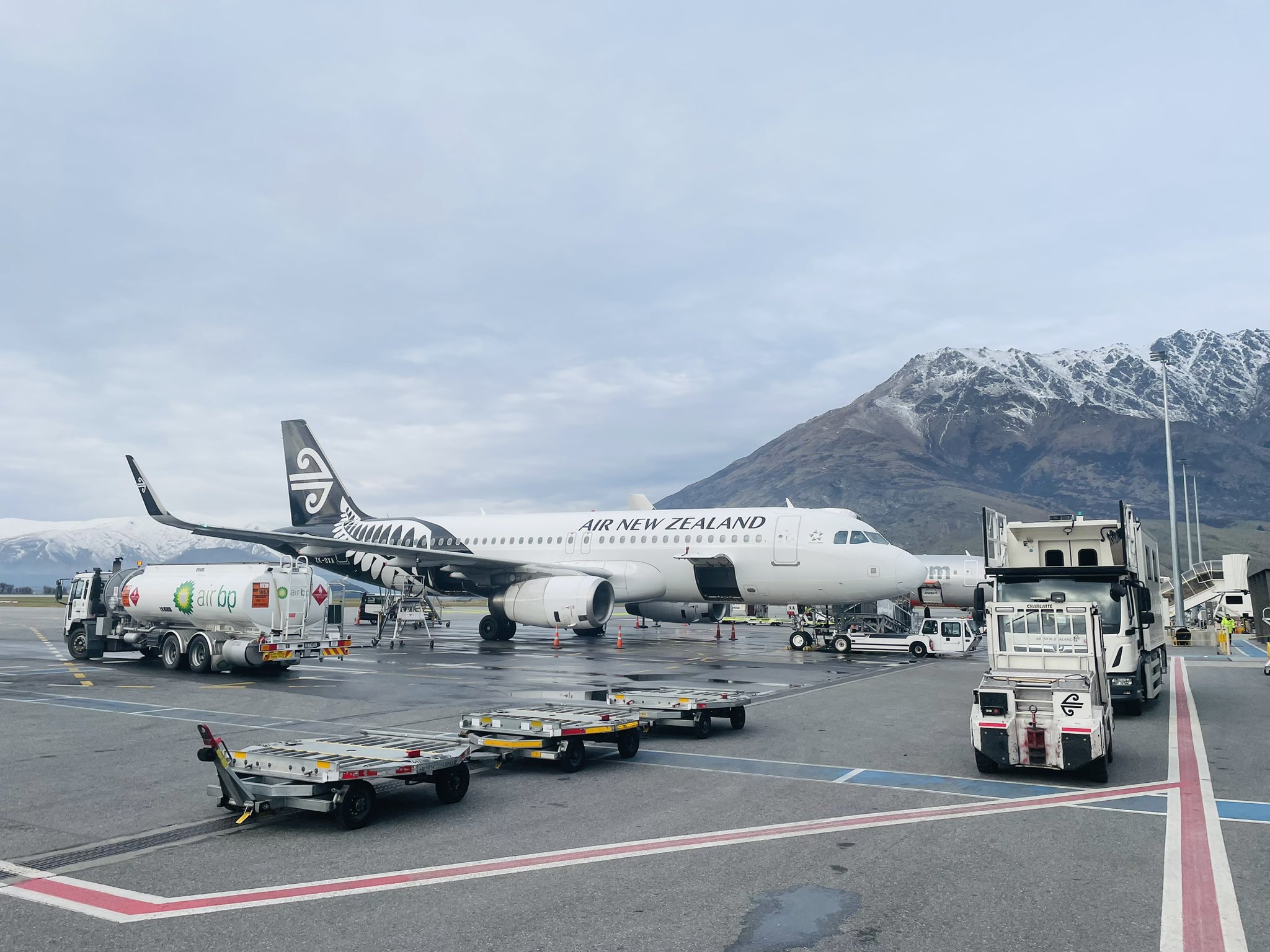
The surrounding landscape is a patchwork of rugged alpine terrain, verdant forests, and quaint towns. In winter, the peaks are dusted with snow, while in autumn, the forests blaze with fiery reds and golds. This landing is a favorite for adventure travelers, who often combine their flight with skydiving, heli-skiing, or scenic helicopter tours that showcase the region’s dramatic topography from above.
3. Madeira Airport, Portugal
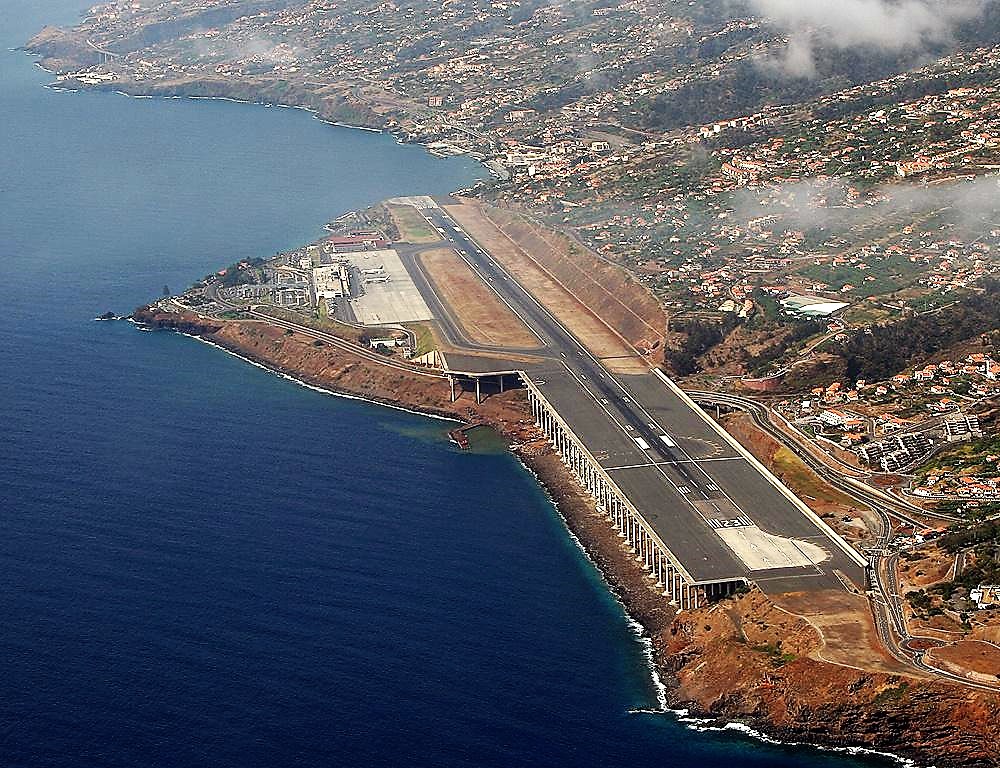
Madeira Airport’s landing is a masterclass in aviation ingenuity and natural beauty. The runway extends over the Atlantic Ocean on a massive platform supported by 180 concrete columns, creating the illusion of landing on water. The approach skirts steep, rugged cliffs covered in lush greenery and volcanic rock formations, with the deep blue ocean stretching endlessly beyond.
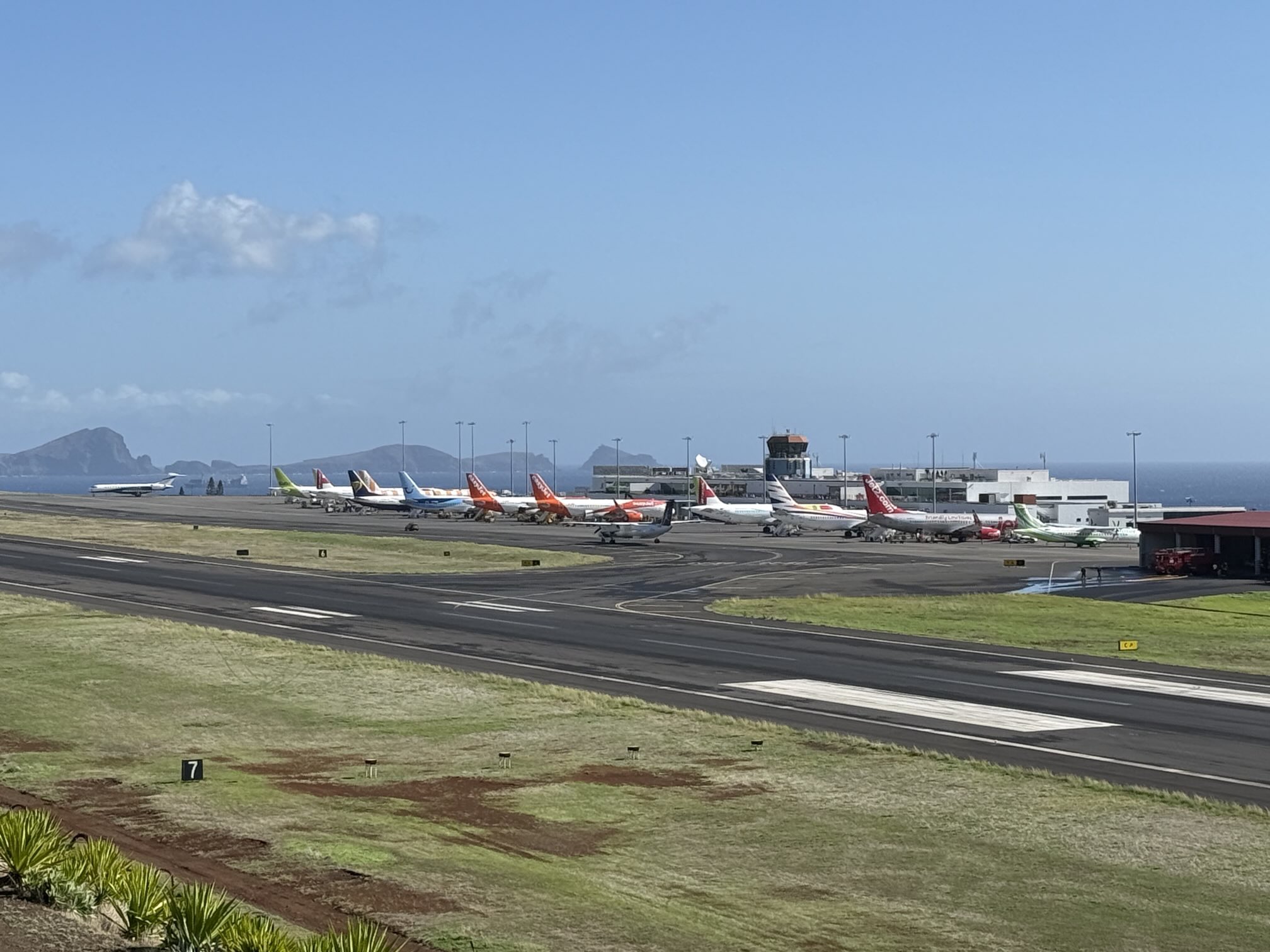
Madeira’s subtropical climate means passengers often see wisps of clouds hugging the mountainsides, adding a mystical quality to the descent. The airport is notorious for its tricky crosswinds, making it a favorite challenge for pilots and an exhilarating experience for passengers. The nearby town of Funchal, visible from the air, boasts terraced vineyards and colorful gardens that hint at the island’s rich culture and history.
4. Pitkin County Airport, Aspen, USA
.jpg)
Aspen’s Pitkin County Airport is a gateway to one of America’s most iconic mountain destinations. The landing approach is tightly constrained by the surrounding Rocky Mountains, forcing pilots to execute precise maneuvers through narrow valleys. In winter, the landscape is transformed into a sparkling white wonderland, with ski runs and snow-covered evergreens visible from the window.
2.jpg)
Summer reveals lush alpine meadows dotted with wildflowers and winding hiking trails. The airport’s exclusivity—only specially certified pilots can land here—reflects Aspen’s status as a luxury resort town. The descent offers stunning views of the Elk Mountains and the Roaring Fork River, setting the tone for a trip filled with outdoor adventure and refined mountain culture.
5. Rio de Janeiro–Santos Dumont Airport, Brazil
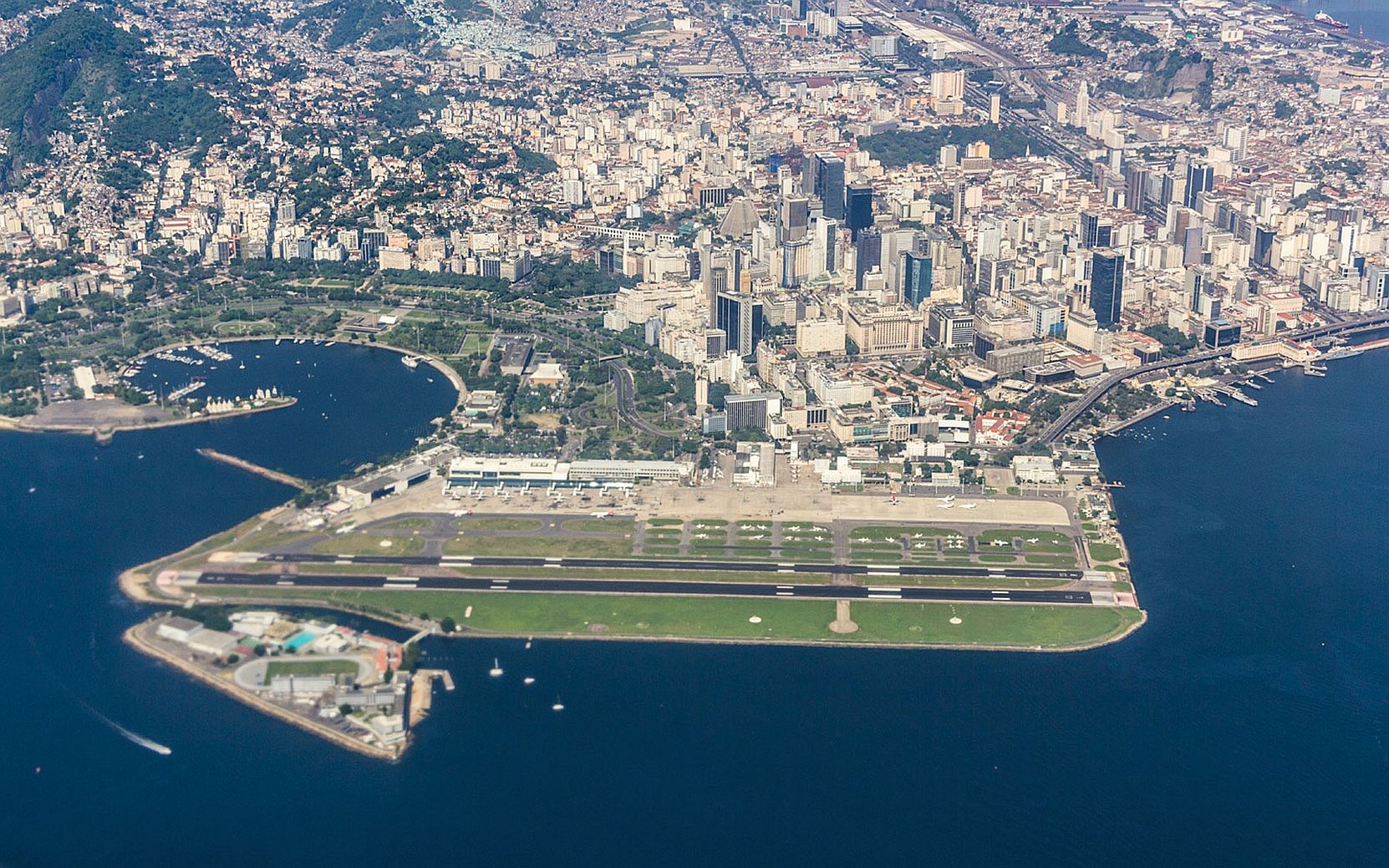
Landing at Santos Dumont Airport is a sensory feast, combining natural beauty with iconic urban landmarks. The runway juts out into Guanabara Bay, so the approach feels like skimming over water. Passengers are treated to sweeping views of Rio’s world-famous sights: the towering statue of Christ the Redeemer perched atop Corcovado Mountain, the rounded granite peaks of Sugarloaf Mountain rising dramatically from the bay, and the crescent-shaped beaches of Copacabana and Ipanema.
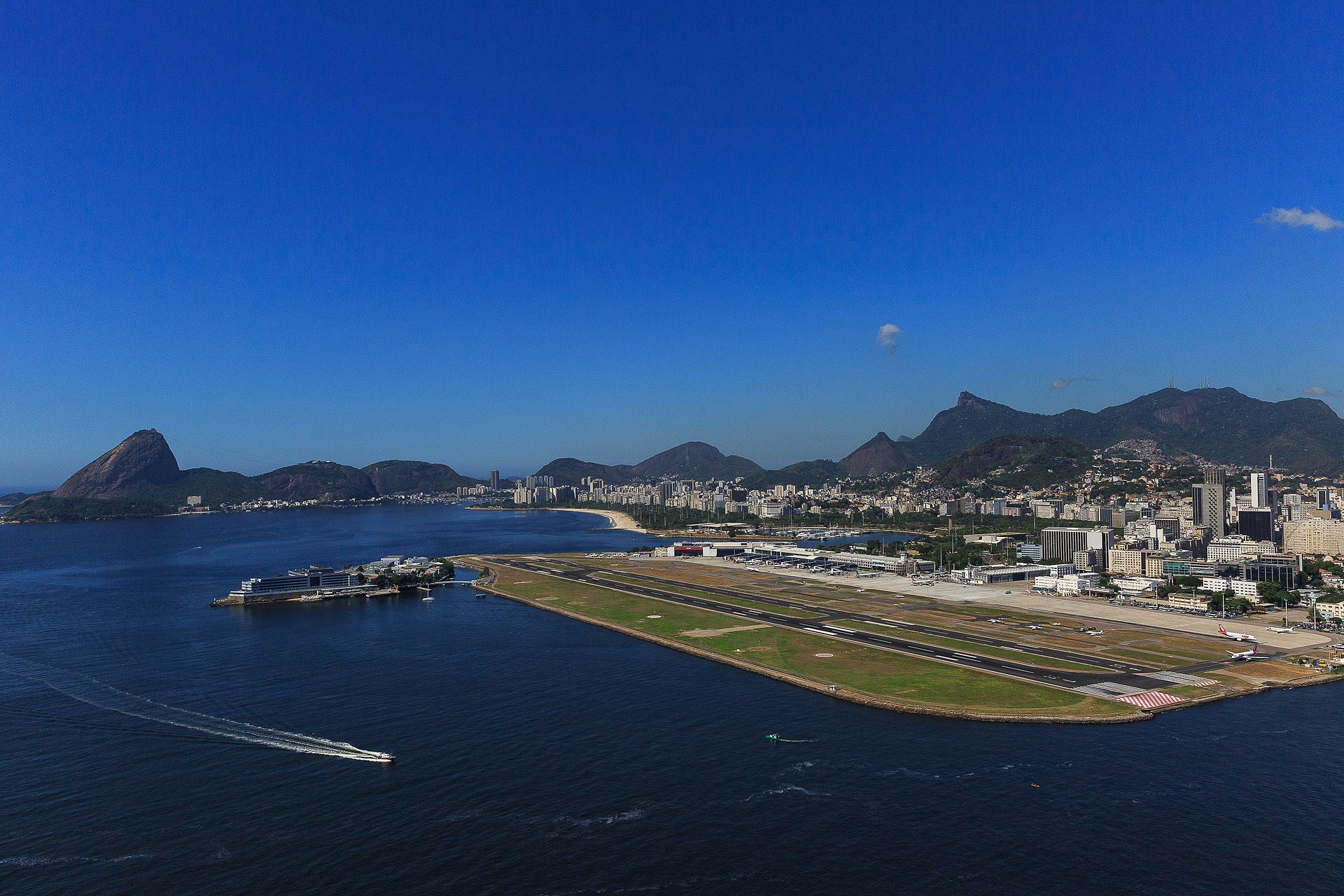
The city’s vibrant colors and bustling harbor come alive from the air, especially during sunset when the sky glows orange and pink. The proximity to downtown Rio means the city’s energy is palpable even before touching down, offering a thrilling welcome to Brazil’s cultural heart.
6. London City Airport, United Kingdom
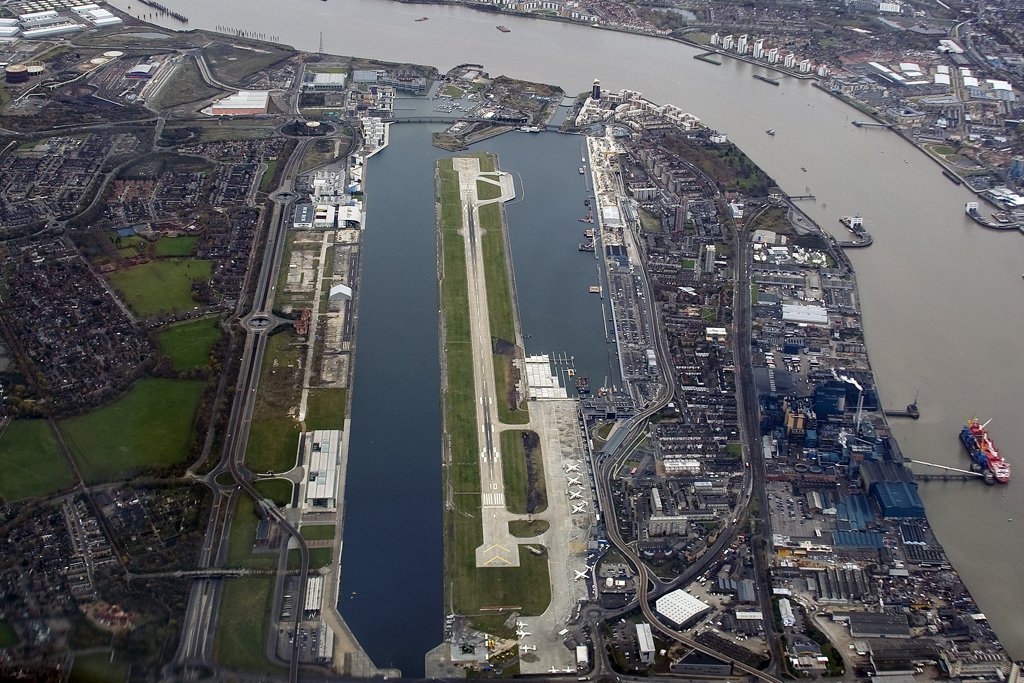
London City Airport offers one of the most urban and architecturally spectacular landings in the world. Situated just minutes from the financial district, the approach follows the winding River Thames, with aircraft descending steeply between skyscrapers. Passengers get close-up views of landmarks like The Shard—the tallest building in Western Europe—Tower Bridge with its iconic bascules, and the futuristic Canary Wharf skyline.

The steep glide slope is necessary due to the airport’s location in a densely built-up area, making the landing both challenging and exciting. Flying in here gives travelers a unique perspective on London’s blend of historic charm and modern dynamism, with the sprawling cityscape stretching out in every direction.
7. Innsbruck Airport, Austria
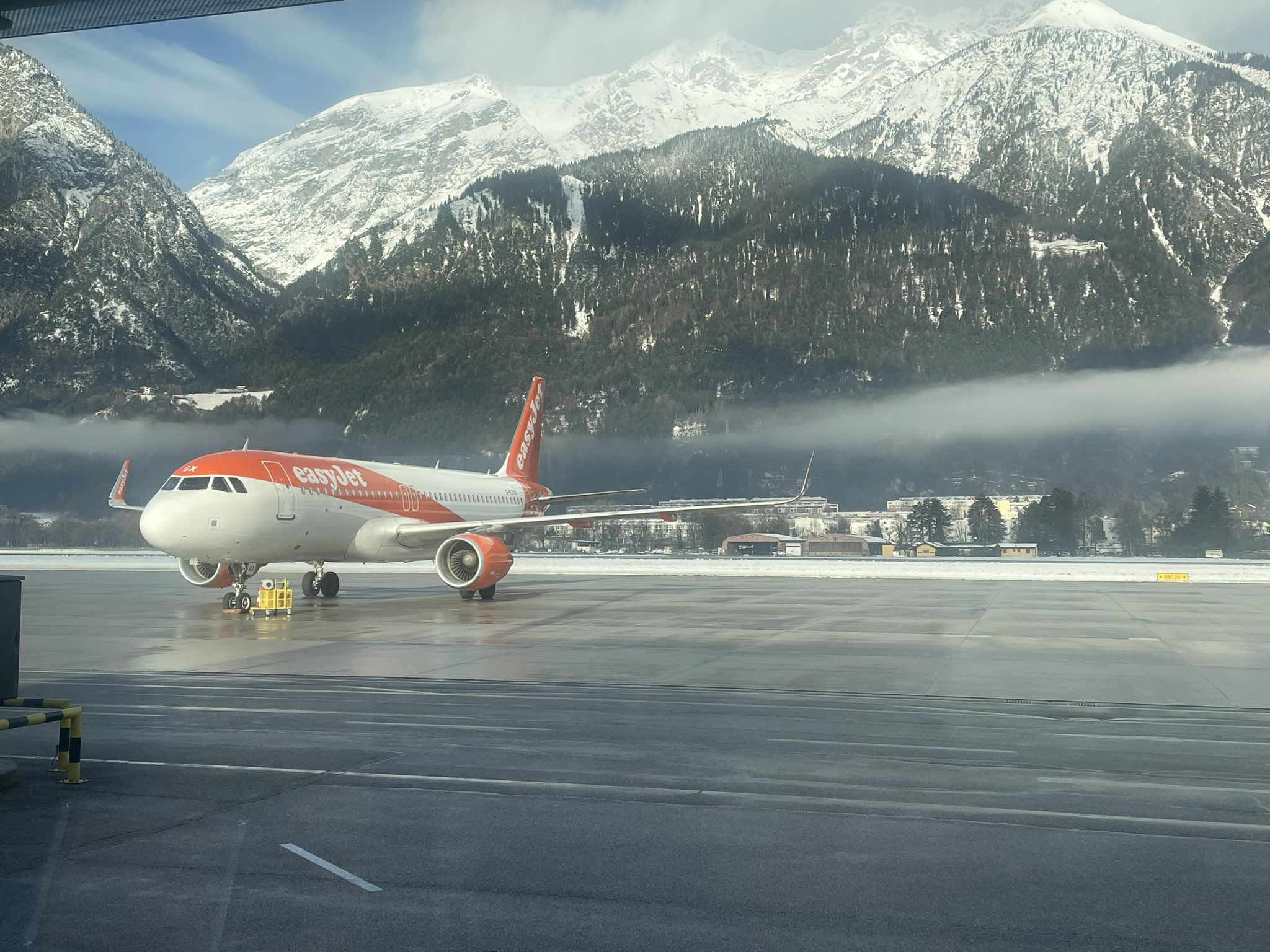
Innsbruck Airport is a jewel nestled deep within the Austrian Alps, surrounded by towering snow-capped peaks and lush valleys. The approach requires pilots to navigate a series of tight turns through narrow mountain passes, offering passengers ever-changing vistas of alpine meadows, traditional Tyrolean villages, and rugged cliffs.
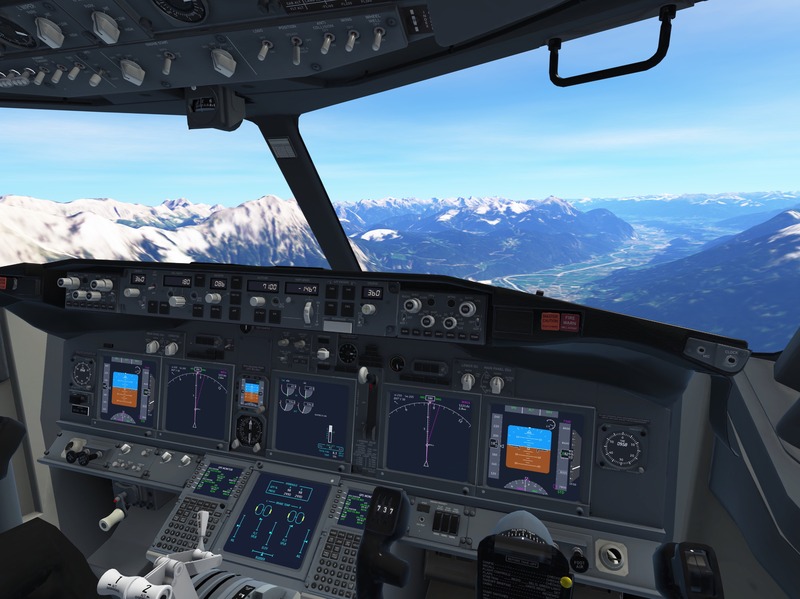
The airport’s location in a basin means the runway is framed on all sides by mountains, creating a dramatic and intimate flying experience. Seasonal variations add to the spectacle: in summer, the landscape is a vibrant patchwork of green fields and blooming flowers; in winter, the area becomes a snowy playground for skiers and snowboarders. The approach is renowned for its beauty and difficulty, making Innsbruck a favorite among aviation enthusiasts.
8. Paro Airport, Bhutan
.jpg)
Paro Airport is often cited as one of the most challenging and breathtaking airports to land at anywhere in the world. Tucked away in a deep Himalayan valley, the airport is surrounded by peaks soaring up to 18,000 feet. Only a handful of specially trained pilots are authorized to fly into Paro, requiring expert skill to navigate the narrow approach.
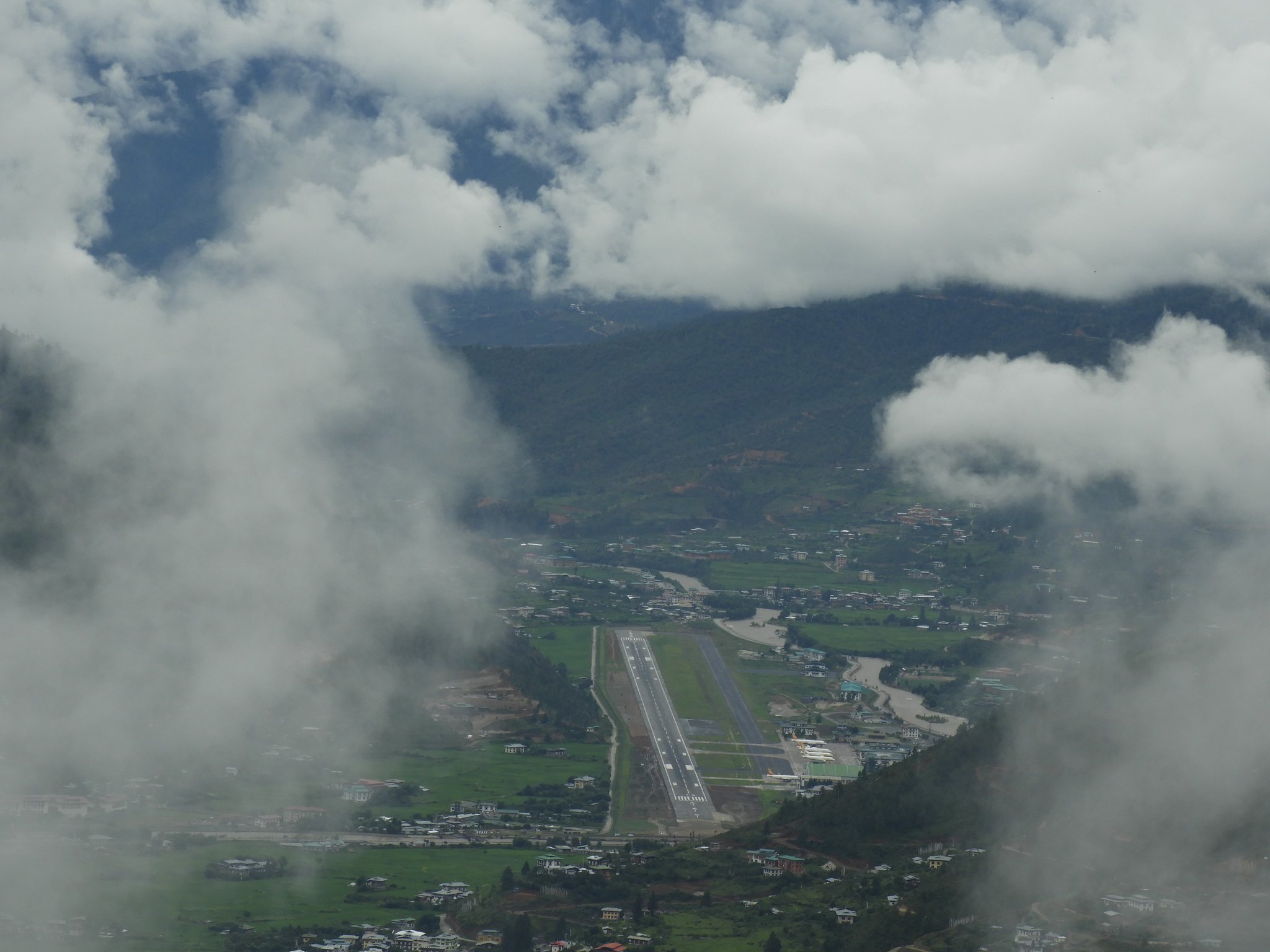
From the window, passengers witness pristine forests, terraced rice paddies, and traditional Bhutanese monasteries perched on cliffsides. The approach offers a glimpse into Bhutan’s rich cultural heritage and stunning natural environment, with the Paro River winding through the valley below. The serenity and remoteness of this landing make it a truly unforgettable experience.
9. Juancho E. Yrausquin Airport, Caribbean Netherlands (Saba)

Known for having the world’s shortest commercial runway—just 400 meters long—Saba’s Juancho E. Yrausquin Airport is perched dramatically atop a volcanic ridge with sheer cliffs dropping into the Caribbean Sea on either end. The approach is thrilling and visually spectacular, with planes flying low over the turquoise waters and lush green hillsides of this tiny island.

The surrounding volcanic terrain is rugged and wild, contrasting beautifully with the calm, crystal-clear ocean below. The airport’s unique geography means pilots must be highly skilled, and passengers often feel like they’re landing on a postcard-perfect island paradise. It’s a must-see for aviation buffs and travelers seeking an off-the-beaten-path adventure.
10. Daniel K. Inouye International Airport, Honolulu, Hawaii, USA
%2C1.jpg)
Honolulu’s main airport offers a stunning Pacific island landing that combines tropical beauty with iconic Hawaiian landmarks. Most flights approach over the vast expanse of the Pacific Ocean, with passengers gazing out at endless blue water dotted with whitecaps. As the plane nears Oahu, the lush green landscape emerges, crowned by the famous Diamond Head volcanic crater.
%2C3.jpg)
The approach also offers views of Waikiki Beach’s golden sands and the bustling cityscape of Honolulu. During the winter months, travelers might even spot humpback whales breaching offshore, adding a magical natural spectacle to the descent. The warm trade winds and vibrant island colors make this landing a joyful welcome to paradise.
Travel Tips
-
Choose Your Seat Wisely: For scenic landings like those at Innsbruck or Queenstown, try to book a window seat on the side facing the mountains or coastline to enjoy breathtaking views during descent.
-
Pack Smart: Always carry essentials like a portable charger, noise-cancelling headphones, and a travel pillow to stay comfortable on flights.
-
Research Airport Layouts: Knowing the layout of your arrival airport can save time and reduce stress, especially at busy or complex airports.
These extraordinary airport landings remind us that flying is not merely a means to an end but an opportunity to witness the planet’s breathtaking diversity from a unique, elevated perspective. Each approach offers a captivating interplay of nature’s grandeur, human ingenuity, and cultural richness—whether it’s the thrill of threading through mountain passes, the serene beauty of remote islands, or the vibrant pulse of iconic cities.
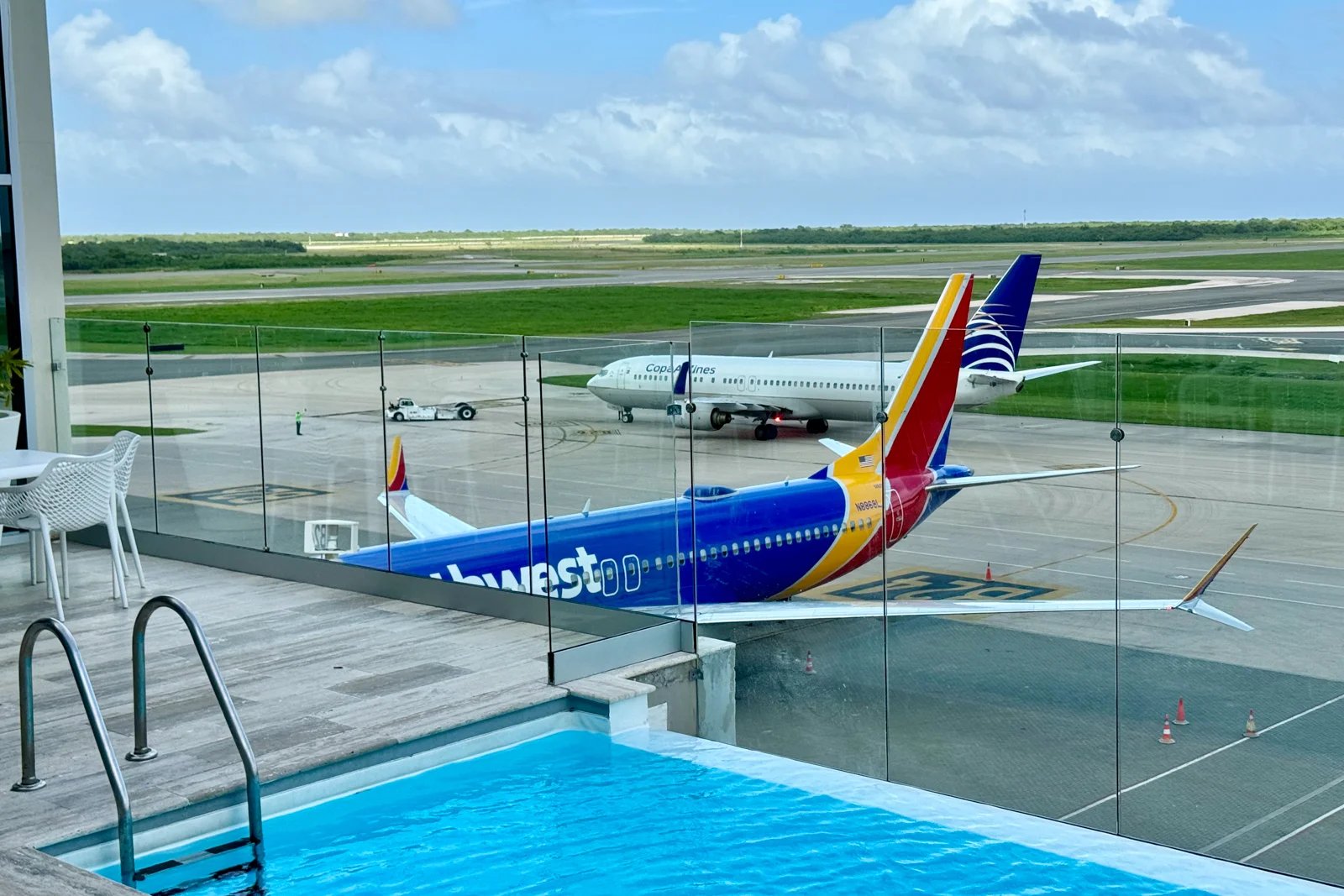
For travelers fortunate enough to experience these landings, the view from the window seat becomes a cherished memory, setting the tone for the adventure ahead. Beyond the technical skill required by pilots, these landings celebrate the wonder of exploration and the joy of discovery, proving that sometimes the journey itself is the most beautiful part of travel.
So next time you buckle your seatbelt for descent, take a moment to look out the window—you might just be witnessing one of the world’s most spectacular arrivals.































.jpg)










.jpg)


.jpg)

.jpg)





.jpg)
